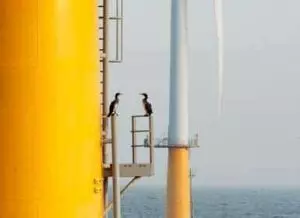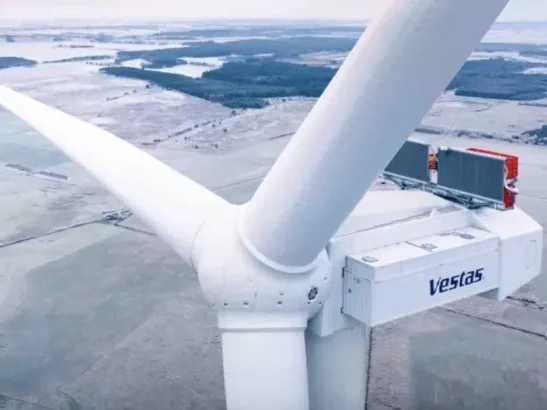European research that concluded at the end of this Summer, has shown that a North Sea wind farm has a little negative effect on the fauna around it. In fact, researchers found that the presence of the wind farm actually provided a new natural habitat for organisms living on the seabed. This is a breath of fresh air for supporters and proponents of the benefits of wind energy, who have often had to endure accusations that wind turbines are eco-unfriendly when it comes to birds, fish and animals.
The Netherlands’ Institute for Marine Resources and Ecosystem Studies (IMARES) and the Royal Netherlands Institute for Sea Research (NIOZ) analysed the short-term ecological effects of the first large-scale offshore wind farm built off the Dutch North Sea coast the wind farm that was built near Egmond aan Zee.
The Team presented their findings in the online journal Environmental Research Letters. Following two years of research, they found that the wind farm contributed significantly to the biodiversity of the area, with their research turning up organisms such as Mussels, Anemones and Crabs as benefitting.
Although it might have been expected that there would be disruption from the driving of piles into the seabed, from the presence of rotating wind turbine blades near the seas surface creating underwater noise and from the effect on seabirds.
However, this North Sea wind farm seems to have been different. The researchers looked at the effects of the offshore wind farm on benthic organisms, fish, birds and marine mammals. The team found that new species had become established and that communities of animals arose on the wind turbine piles and the rocks piled around the columns, leading to a local increase in biodiversity. Rather than fish stocks being disrupted and reduced, fish fauna was found to be extremely varied. In further findings, the wind farm seemed to provide shelter to Cod and Porpoises were heard more often inside the wind farm than outside it. Perhaps they are actually attracted by the sound vibrations?
However, it’s not all good news. Some bird species, including the gannet, were observed to avoid the area. Yet Seagulls didn’t seem too put off by the presence of the wind farm; there was no notable decline in their numbers detected. Cormorants were even found to have increased in numbers near the farm!
The number of birds that collided with the turbines appeared to be lower than expected, according to the team’s observations and model calculations. A chief factor here is that the location of the wind farm is favourable due to the relatively low numbers of birds that fly through the area at this distance from the coast. The presence of various habitat types and the intensity with which the area is used by others also plays a big part in how well the wind farm compares and contrasts with its surroundings. It seems that in this particular instance, with the hustle and bustle of this particularly busy part of the Dutch coastline, the wind farm offers fauna an oasis of calm.
The team conclude that special areas should be designated for wind farms, so as to best avoid disruption to birds and other wildlife. If this can be achieved, wind farms can both generate cleaner energy and contribute to fostering biodiversity. Something we would all want to strive for!




